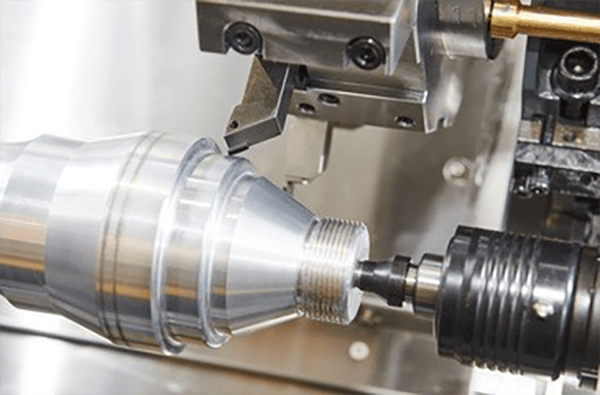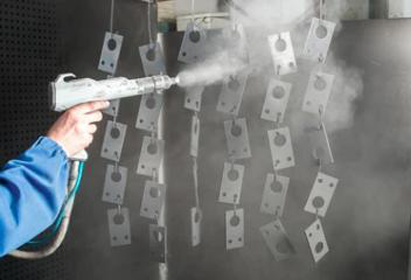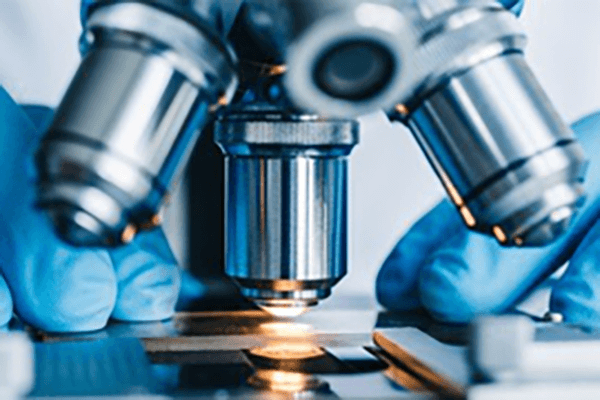
Delivering appointed top-layer smoothness for a manufactured item proves indispensable.
- Surface finish callouts in engineering drawings provide the exact specifications for the finish of a part
- Technical callouts use Ra, a measure of average irregularity, to quantify finish
- Appreciating callout details is key to ensuring product functionality
- Designated finish alters fluid film formation, friction levels, and durability outcomes
- It is essential to interpret the specific callout to achieve the desired outcome
CNC Machining — Precision Engineering Explained

CNC machining represents a game-changing method in production with programmed toolpaths the apparatus generates complex components precisely.
- Programmed mills and lathes produce top-tier parts across material types
- The versatility of CNC machining makes it ideal for aerospace, automotive, medical, and electronics
- Programmed machining assures dependable consistency across manufacturing cycles
Across development to broad production CNC machining contributes fundamentally to manufacturing innovation
Deciphering CNC Machine Specifications
Interpreting CNC data often seems complex on first review
Even so practical familiarity and a systematic plan enable decoding machine specs
Begin by identifying the key parameters such as spindle speed feed rate accuracy work envelope and controller type
All these parameters affect the tool’s total functional output.
For example a higher spindle speed is suitable for softer materials while a faster feed rate is essential for increased production.
Appreciating such links enables selection of equipment fit for your objectives
Take time to inspect maker literature meticulously.
Producer documentation frequently delivers important notes and clarifies terminology
A Guide to CNC Machines: What You Need to Know
CNC machines are specialized computer-controlled systems used in manufacturing for precise and automated fabrication of various materials They function by reading numerical G-code commands that drive cutting heads and actuators.
- Various CNC platforms encompass milling centers, turning lathes, routers, plasma systems
- CNC workflows handle steels, aluminum, plastics, woods, and composite laminates
- Furthermore CNC machines allow for rapid prototyping and low-volume production runs making them valuable assets for small businesses and research centers
Overview of CNC Machine Fundamentals
They demonstrate convergence of tight hardware tolerances and refined software control Adaptive tools rely on coded programs to manufacture from simple elements to detailed structures Key principle turns electronic models into physical artifacts.
- CNC fabrication
- Programmed manufacturing process
It includes exact tool motions driven by CNC instructions Engineers contribute by setting machining variables, overseeing runs, and assuring product standards.
Why Surface Finish Matters in CNC Machining
Attaining target texture in CNC processes is critical It impacts both functional performance and surface look The material, machining regimen, and subsequent finishing treatments contribute to surface quality.
High-quality surfaces strengthen durability while rough textures may reduce efficacy CNC machining processes offer a wide range of tools and techniques to achieve the specific surface finish for different applications.
- As an example choosing diverse tool geometries |carbide alloys|feed and speed combinations to realize required texture
- In addition buffing, grinding, and sanding may be applied to upgrade finishes
Comprehending the connections between machining choices and texture secures better results.
Introduction to CNC Machining
A precise fabrication technique, it applies computer-controlled machines to produce parts from assorted materials They process digital commands to produce elaborate components repeatedly Understanding machine control, programming, and tooling choices is crucial for effective machining
Industry applications include aircraft, automotive, medical, electronics, and beyond From complex aerospace components to precise injection molds, CNC is essential for complex parts
Notation for Surface Finish on Machined Parts
Proper specification of surface finish is crucial when machining parts on a CNC machine It helps confirm that the product aligns with performance and cosmetic needs Drawings usually depict finish requirements with Ra roughness values Reported in µm or inches, the metric indicates average irregularity magnitude.
Weigh required surface smoothness against intended use when defining callouts

For instance a smooth surface finish might be preferred for parts that require tight tolerances or precise alignment
Rugged finishes sometimes serve parts that need enhanced traction or grip
Use explicit finish instructions on design documents to convey the surface requirement List Ra value plus supplementary process guidance like polishing or coating.
Bear in mind accurate finish callouts drive better manufacturing results
Varieties of CNC Machines and Capabilities
CNC technologies cover several machine formats that handle a range of job types They use CAD-generated toolpaths to control tooling for exact component production.
- Milling machines are renowned for their ability to remove material from a workpiece shaping it into complex geometries
- Grinders refine surfaces and achieve tight dimensional tolerances via abrasion
- Plasma machines slice thick steel and ferrous metals rapidly using plasma arcs
Selecting equipment relies on part complexity material properties and tolerance needs Varied CNC functionalities equip manufacturers in industries from automotive to aerospace.
Attaining Top-tier Surface Finish Through CNC
Obtaining fine surface quality is important and CNC technology delivers consistent control to attain it By adjusting feed, rpm, and cutter geometry skilled staff shape chip flow and surface formation for better finishes Additionally superior tool grades and effective lubrication aid in producing refined textures Strategic toolpath planning and precise machine adjustments result in superior finish quality.
Securing Surface Finish Through CNC Programming
Skillful CNC programming directly impacts the final surface quality Feed, spindle settings, and cutter design are major drivers of the final surface condition Thoughtful parameter choices coupled with correct lubrication help produce polished surfaces.
- Furthermore regular tool maintenance and inspection are essential for ensuring a consistent and high-quality surface finish over time Moreover scheduled tool maintenance and inspection preserve surface performance Also ongoing tool care and inspection support sustained finish reliability
- In order to refine finish consider material, target roughness, and end-use needs
- Simulated machining supports parameter refinement to mitigate surface issues
- In addition periodic tool servicing and checks secure consistent surface quality
